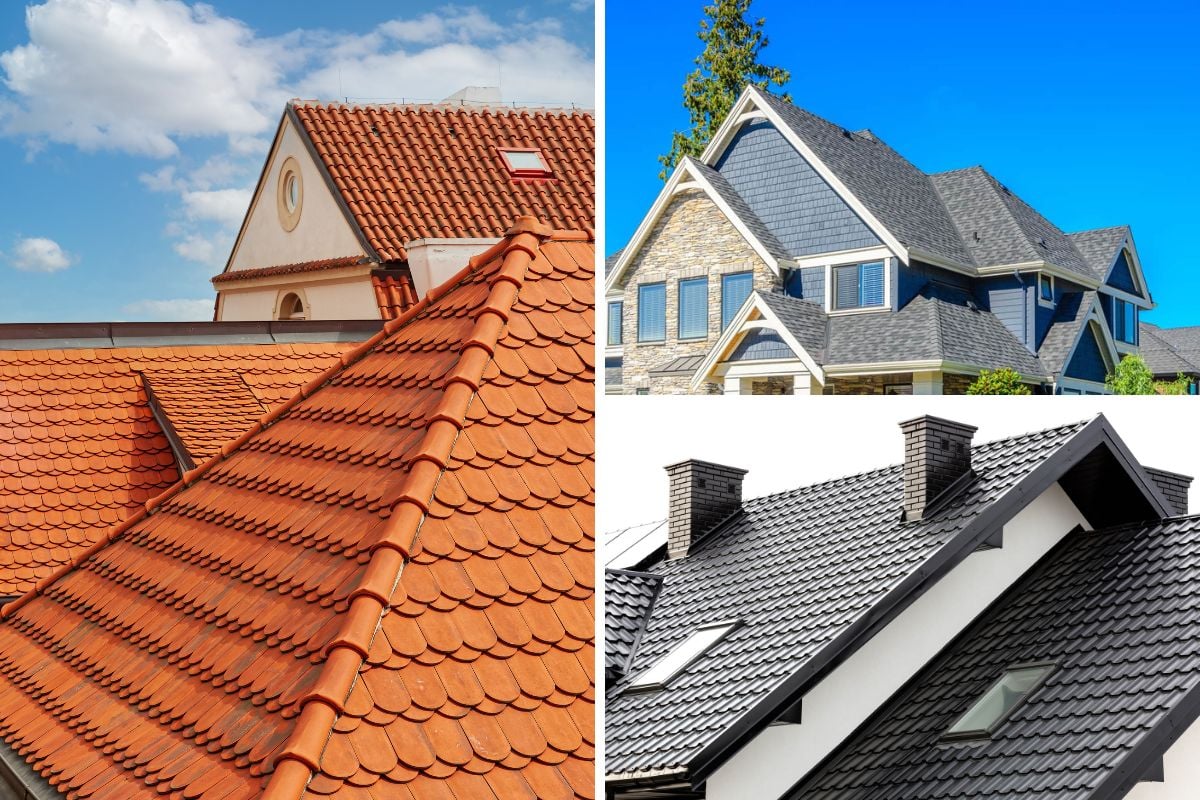

Articles
What Type Of Roof Do I Have
Modified: May 6, 2024
Discover the different types of roofs with our comprehensive articles. Learn about the characteristics and benefits of each roof type to identify what type of roof you have.
(Many of the links in this article redirect to a specific reviewed product. Your purchase of these products through affiliate links helps to generate commission for Storables.com, at no extra cost. Learn more)
Introduction
When it comes to roofing, there are several different types of materials and styles to choose from. Understanding what type of roof you have is essential for maintenance, repairs, and overall decision-making. From traditional asphalt shingles to sleek metal roofs, each type has its own unique characteristics and benefits.
In this article, we will explore the various types of roofs commonly found in residential and commercial buildings. By familiarizing yourself with the different roofing materials, you’ll be better equipped to make informed decisions regarding upkeep, repairs, and even potential upgrades.
So, let’s dive in and discover the different types of roofs you may have!
Key Takeaways:
- Understanding the specific characteristics and benefits of different roofing materials, from the affordability of asphalt shingle roofs to the elegance of slate roofs, empowers informed decision-making for long-term building value and aesthetics.
- Regular maintenance and inspections are vital for the longevity and performance of any roof, regardless of the material chosen. Consulting with a professional roofing contractor can provide expert guidance tailored to specific needs and preferences.
Read more: What Type Of Door Lock Do I Have
Asphalt Shingle Roof
One of the most common types of roofs found in residential buildings is the asphalt shingle roof. Asphalt shingles are affordable, durable, and widely available, making them a popular choice for homeowners.
These shingles are made of a fiberglass or organic mat coated with asphalt and embedded with ceramic granules to provide protection against UV rays and increase durability. They come in a variety of styles, including three-tab, architectural, and designer shingles.
Asphalt shingle roofs are known for their versatility, as they can mimic the appearance of more expensive roofing materials such as wood shakes or slate. They are also relatively easy to install and require minimal maintenance.
One of the main advantages of asphalt shingle roofs is their affordability. They offer a cost-effective solution without compromising on quality and aesthetics. Plus, they have a lifespan of around 20-30 years, making them a long-lasting option.
However, it’s important to note that asphalt shingles may not be suitable for areas with extreme weather conditions, such as constant exposure to high winds or heavy snowfall. In such cases, considering more durable and weather-resistant options might be wise.
To maintain an asphalt shingle roof, regular inspections are recommended to identify any damaged or missing shingles. It’s also important to keep the roof clean from debris to prevent clogging of gutters and potential water damage.
In summary, asphalt shingle roofs are a popular choice for their affordability, durability, and versatility. They can provide an attractive and functional roofing solution for many homeowners. However, it’s important to consider the specific climate and weather conditions of your area when deciding on the best roofing material for your needs.
Metal Roof
Metal roofs have gained popularity in recent years for their durability, energy efficiency, and modern aesthetic appeal. Made of various types of metal such as steel, aluminum, or copper, metal roofs offer a long-lasting and low-maintenance solution for both residential and commercial buildings.
One of the key advantages of metal roofs is their exceptional durability. They are highly resistant to fire, rot, and insect damage, making them a great choice for areas prone to harsh weather conditions and environmental hazards.
Metal roofs also have a long lifespan, typically lasting 40-70 years or more. This is significantly longer than other roofing materials like asphalt shingles, which typically need to be replaced every 20-30 years.
Another benefit of metal roofs is their energy efficiency. They have high reflectivity, meaning they can reflect a significant amount of solar radiation, reducing heat transfer into the building. This can result in lower cooling costs during hot summer months.
In terms of aesthetics, metal roofs have evolved to offer a wide range of colors, finishes, and profiles to suit various architectural styles. Whether you prefer a sleek and modern look or a more traditional appearance, there is a metal roofing option to complement your design preferences.
While metal roofs are generally low-maintenance, it’s still important to perform periodic inspections to ensure that no damage has occurred. They are susceptible to denting from heavy hail or falling branches, so checking for any signs of physical damage is crucial.
Overall, metal roofs are an excellent choice for their longevity, durability, and energy efficiency. Their ability to withstand harsh weather conditions and their modern appearance make them a popular option for those seeking a long-term roofing solution that combines functionality and aesthetics.
Tile Roof
Tile roofs have long been associated with timeless beauty and durability. These roofs are typically made of clay or concrete tiles and are renowned for their distinctive appearance and long lifespan.
One of the key advantages of tile roofs is their ability to withstand extreme weather conditions. They are resistant to fire, wind, and hail, making them an excellent choice for areas prone to wildfires or storms.
In addition to their durability, tile roofs offer excellent insulating properties. They help to keep the interior of a building cool in hot climates by providing natural ventilation and thermal resistance. This can lead to energy savings on cooling costs.
Another notable benefit of tile roofs is their aesthetic appeal. They come in a wide range of colors, shapes, and styles, allowing homeowners to achieve the desired architectural look for their property. Whether you prefer the classic style of Spanish barrel tiles or the sleek look of flat tiles, there is a tile option to suit every taste.
Tile roofs do require proper installation by experienced professionals to ensure their longevity and performance. Improper installation can lead to leakage, cracking, or displacement of tiles. Regular maintenance, such as checking for cracked or broken tiles, cleaning debris, and inspecting the underlayment, is necessary to prevent any potential issues.
It’s important to note that tile roofs are heavier than other roofing materials, such as asphalt shingles or metal. Therefore, it’s essential to ensure that the roof structure can support the weight of the tiles before installation.
While tile roofs may have a higher upfront cost compared to other roofing materials, their long lifespan and minimal maintenance requirements make them a cost-effective option in the long run.
In summary, tile roofs are known for their durability, energy efficiency, and aesthetic appeal. They provide a timeless and elegant look to any property while offering protection against harsh weather conditions. If you’re looking for a roof that combines beauty with functionality and can stand the test of time, a tile roof may be a perfect choice.
Slate Roof
Slate roofs are renowned for their natural beauty and exceptional durability. Made from fine-grained metamorphic rock, slate roofs offer a timeless and elegant look that can enhance the visual appeal of any building, be it a historic home or a modern structure.
One of the key advantages of a slate roof is its longevity. A well-maintained slate roof can last for over a century, making it one of the most durable roofing options available. This long lifespan is due to the exceptional resistance of slate to harsh weather conditions, including fire, wind, and hail.
Slate is also an environmentally-friendly roofing material. It is a natural resource that can be recycled and reused, reducing the need for new production. Furthermore, it requires minimal energy to manufacture and has a low carbon footprint when compared to other roofing materials.
In addition to its durability, slate roofs offer excellent thermal performance. Slate has natural insulating properties that can help regulate the temperature inside a building. This can lead to energy savings on heating and cooling costs throughout the year.
Another advantage of slate roofs is their low maintenance requirement. Due to their natural resistance to chemicals, moss, and algae, slate roofs generally require little upkeep. However, occasional inspections should be performed to check for any cracked or damaged tiles and to ensure that the flashings are intact.
It’s worth noting that slate roofs are heavier than most other roofing materials. Therefore, it’s important to ensure that the roof structure is properly designed and can support the weight of the slate tiles. Additionally, the installation of slate roofs requires specialized knowledge and skill, so it’s essential to hire experienced professionals for the job.
While slate roofs can be more expensive upfront compared to other roofing materials, their exceptional durability and long-term value make them a wise investment for those seeking a high-end and long-lasting roofing solution.
In summary, slate roofs are renowned for their beauty, longevity, and environmental benefits. They offer a classic and sophisticated look while providing exceptional protection against the elements. If you’re looking for a roofing option that combines aesthetics with durability, a slate roof may be the perfect choice.
Look for the material and shape of your roof to determine its type. Common types include asphalt shingles, metal, tile, and flat roofs. If unsure, consult a professional for an accurate assessment.
Read more: What Type Of China Place Settings Do I Have
Wood Shake Roof
Wood shake roofs have a natural and rustic charm that can enhance the character of any home. Made from split logs, wood shake roofs offer a unique and textured appearance that stands out from other roofing materials.
One of the key advantages of a wood shake roof is its aesthetic appeal. The natural variations in color and texture of the wood give the roof a warm and inviting look. Over time, wood shakes can develop a beautiful weathered patina that further adds to their charm.
In addition to their visual appeal, wood shake roofs also provide excellent insulation. Wood is a natural insulator, helping to regulate the temperature inside a building. This can lead to energy savings on heating and cooling costs throughout the year.
It’s important to note that wood shake roofs require regular maintenance to ensure their longevity and performance. The roof should be inspected periodically for any signs of damage, such as cracked or broken shakes. Regular cleaning and treatment with preservatives are also essential to protect the wood from rot, moisture, and insect damage.
While wood shake roofs can offer a unique and natural look, there are some considerations to keep in mind. Firstly, they can be more susceptible to fire compared to other roofing materials. However, there are fire-resistant treatments available for wood shakes that can help mitigate this risk.
Another factor to consider is the lifespan of wood shake roofs. On average, wood shakes have a shorter lifespan compared to other roofing materials like asphalt shingles or metal. With proper maintenance, wood shake roofs can last around 20-30 years, depending on the climate and environmental conditions.
Lastly, wood shake roofs may be subject to specific building codes or regulations in some areas. Before choosing a wood shake roof, it’s important to check with local authorities to ensure compliance with any restrictions or requirements.
In summary, wood shake roofs offer a unique and natural aesthetic that can add character to any home. While they require regular maintenance and have a shorter lifespan compared to some other roofing materials, the warmth, insulation, and timeless beauty of wood shakes make them a popular choice for homeowners seeking a distinctive and inviting roof.
Rubber Roof
Rubber roofs, also known as EPDM (ethylene propylene diene terpolymer) roofs, are a popular choice for flat or low-slope roofs. Made from synthetic rubber materials, rubber roofs offer durability, versatility, and excellent waterproofing capabilities.
One of the key advantages of a rubber roof is its resistance to leaks and water damage. Rubber membranes are known for their superior waterproofing properties, effectively protecting the underlying structure from moisture intrusion.
Another benefit of rubber roofs is their durability. They can withstand severe weather conditions, such as high winds, hail, and extreme temperatures. Rubber roofs are also resistant to UV radiation and do not easily crack or shrink over time, making them a long-lasting solution.
Installation of a rubber roof is relatively straightforward, especially for flat or low-slope roofs. The rubber sheets are adhered or mechanically attached to the roof substrate and sealed at the seams. This seamless installation further enhances the waterproofing capabilities of the roof.
Maintenance for rubber roofs is minimal. Regular inspections to check for any damage or punctures and keeping the roof clean from debris is typically all that is needed. It’s important to use mild cleaning agents and avoid harsh chemicals that could damage the rubber membrane.
Rubber roofs are also energy-efficient as they have reflective properties that help to reduce heat absorption. This can result in lower cooling costs during hot weather.
One consideration with rubber roofs is their appearance. They may not offer the same aesthetic appeal as other roofing materials like slate or wood shakes. However, they can be covered with an additional layer of gravel or reflective coatings to enhance their appearance and provide added protection.
In terms of cost, rubber roofs are generally more affordable compared to materials like slate or metal. This makes them a cost-effective choice for residential and commercial buildings with flat or low-slope roofs.
In summary, rubber roofs are a durable, waterproof, and cost-effective solution for flat or low-slope roofs. They offer excellent protection against leaks and severe weather conditions while being relatively low-maintenance. If you have a flat roof and are looking for a reliable and long-lasting roofing material, a rubber roof may be a suitable choice.
Built-Up Roofing (BUR)
Built-Up Roofing (BUR), also known as tar and gravel roofing, is a traditional and time-tested roofing system that has been used for many years. It consists of multiple layers of bitumen (asphalt or coal tar) alternated with layers of reinforcement, typically fiberglass or organic felts.
One of the key advantages of BUR is its durability and ability to withstand heavy foot traffic. The multiple layers of bitumen and reinforcement create a thick and sturdy roofing system that can handle regular maintenance activities without damage.
BUR roofs provide excellent waterproofing capabilities. The layers of bitumen and reinforcement are fused together with hot asphalt or torch-applied, creating a watertight seal. This makes BUR roofs highly resistant to leaks and water penetration, which is especially beneficial in areas with heavy rainfall or snowfall.
Another advantage of BUR roofs is their fire resistance. The multiple layers of bitumen act as a barrier, providing a high level of fire protection. Additionally, the choice of asphalt or coal tar bitumen can further enhance the fire resistance of the roofing system.
While BUR roofs have a long lifespan, typically 20-30 years or more, they do require regular maintenance. This includes periodic inspections to check for any signs of damage or deterioration, as well as resealing any exposed areas or fixing any worn-out sections.
One consideration with BUR roofs is their weight. The multiple layers of bitumen and reinforcement can result in a heavier roofing system compared to other materials. Therefore, it’s crucial to ensure that the building structure is designed to support the weight of a BUR roof and that proper installation is carried out by experienced professionals.
In terms of cost, BUR roofs are generally cost-effective, especially when considering their long lifespan. While the upfront cost may be higher compared to some other roofing materials, the durability and low maintenance requirements over time make it a wise investment.
In summary, Built-Up Roofing (BUR) is a durable and reliable roofing system that offers excellent waterproofing and fire resistance. Its ability to withstand heavy foot traffic and long lifespan make it a popular choice for commercial buildings and areas with regular maintenance activities. If you’re looking for a time-tested and robust roofing solution, BUR may be a suitable option.
Single-Ply Membrane Roofing
Single-ply membrane roofing is a popular choice for commercial and industrial buildings due to its versatility, ease of installation, and excellent performance. This roofing system consists of a single layer of synthetic material that provides protection and waterproofing for the building.
One of the key advantages of single-ply membrane roofing is its flexibility. The membranes are available in different materials such as PVC (polyvinyl chloride), TPO (thermoplastic olefin), and EPDM (ethylene propylene diene terpolymer). Each material offers unique benefits, such as PVC’s chemical resistance, TPO’s energy efficiency, and EPDM’s durability and weather resistance.
Single-ply membrane roofs have excellent waterproofing capabilities. The membranes are specially formulated to be watertight and resistant to leaks. This is particularly important for flat or low-slope roofs, where pooling water can be a concern.
Installation of single-ply membrane roofing is relatively quick and straightforward. The membranes can be fully adhered, mechanically attached, or ballasted with loose materials. This flexibility of installation methods allows for customization based on the building’s needs and budget.
The lightweight nature of single-ply membranes makes them ideal for retrofitting or overlaying existing roofs. They can be installed over the top of the old roof, reducing the need for costly and time-consuming tear-off procedures.
Single-ply membrane roofing is known for its durability and resistance to UV rays, chemicals, and weathering. The membranes are designed to withstand harsh environmental conditions, including extreme temperatures, high winds, and even hailstorms.
Maintenance for single-ply membrane roofs is relatively simple. Regular inspections to check for any damage or punctures are recommended, especially after severe weather events. Cleaning the roof to remove debris and ensuring proper drainage will help maintain the roof’s performance and longevity.
In terms of cost, single-ply membrane roofing can be a cost-effective option. While the upfront cost may be higher than some other roofing materials, the long-term durability, energy efficiency, and low maintenance requirements make it a worthy investment for commercial buildings.
In summary, single-ply membrane roofing offers a flexible, lightweight, and durable solution for commercial and industrial buildings. Its waterproofing capabilities, ease of installation, and resistance to UV rays and weathering make it a popular choice. If you’re looking for a versatile and reliable roofing system, single-ply membrane roofing may be the ideal option for your building.
Conclusion
Choosing the right type of roof for your building is a crucial decision that can impact its durability, aesthetics, and overall value. Understanding the various types of roofs available and their unique characteristics can help you make an informed choice that aligns with your specific needs and preferences.
From the affordability and versatility of asphalt shingle roofs to the durability and energy efficiency of metal roofs, each roofing material offers its own set of benefits and considerations. Tile roofs provide timeless beauty, while slate roofs exude elegance and longevity. Wood shake roofs offer a natural and rustic charm, while rubber roofs provide excellent waterproofing capabilities. Built-up roofing (BUR) systems offer durability, and single-ply membrane roofing provides versatility and ease of installation.
When selecting a roofing material, it’s essential to consider factors such as the climate in your area, the architectural style of your building, your budget, and your long-term maintenance preferences. It’s also advisable to consult with a professional roofing contractor who can assess your specific needs and provide expert advice.
Regardless of the roofing material you choose, proper maintenance and regular inspections are vital for the long-term performance and lifespan of your roof. This includes identifying and addressing any signs of damage, keeping the roof clean from debris, and performing routine maintenance tasks to prevent issues from escalating.
In conclusion, the type of roof you have or choose for your building can have a significant impact on its overall value, durability, and curb appeal. By understanding the unique characteristics and benefits of different roofing materials, you can make a well-informed decision and ensure that your roof provides the protection and aesthetics you desire for years to come.
Now that you're savvy about roof types, dive deeper with our specialized guides. Gearing up to distinguish between common shapes? Our piece on "gable roof" unpacks its distinct features and advantages, perfect for homes craving classic charm. If you're curious about stability and style, our exploration of "hip roof" provides insights into its architecture and how it withstands various weather conditions. Both articles are essential reads for anyone looking to extend their roofing knowledge or considering renovations.
Frequently Asked Questions about What Type Of Roof Do I Have
Was this page helpful?
At Storables.com, we guarantee accurate and reliable information. Our content, validated by Expert Board Contributors, is crafted following stringent Editorial Policies. We're committed to providing you with well-researched, expert-backed insights for all your informational needs.


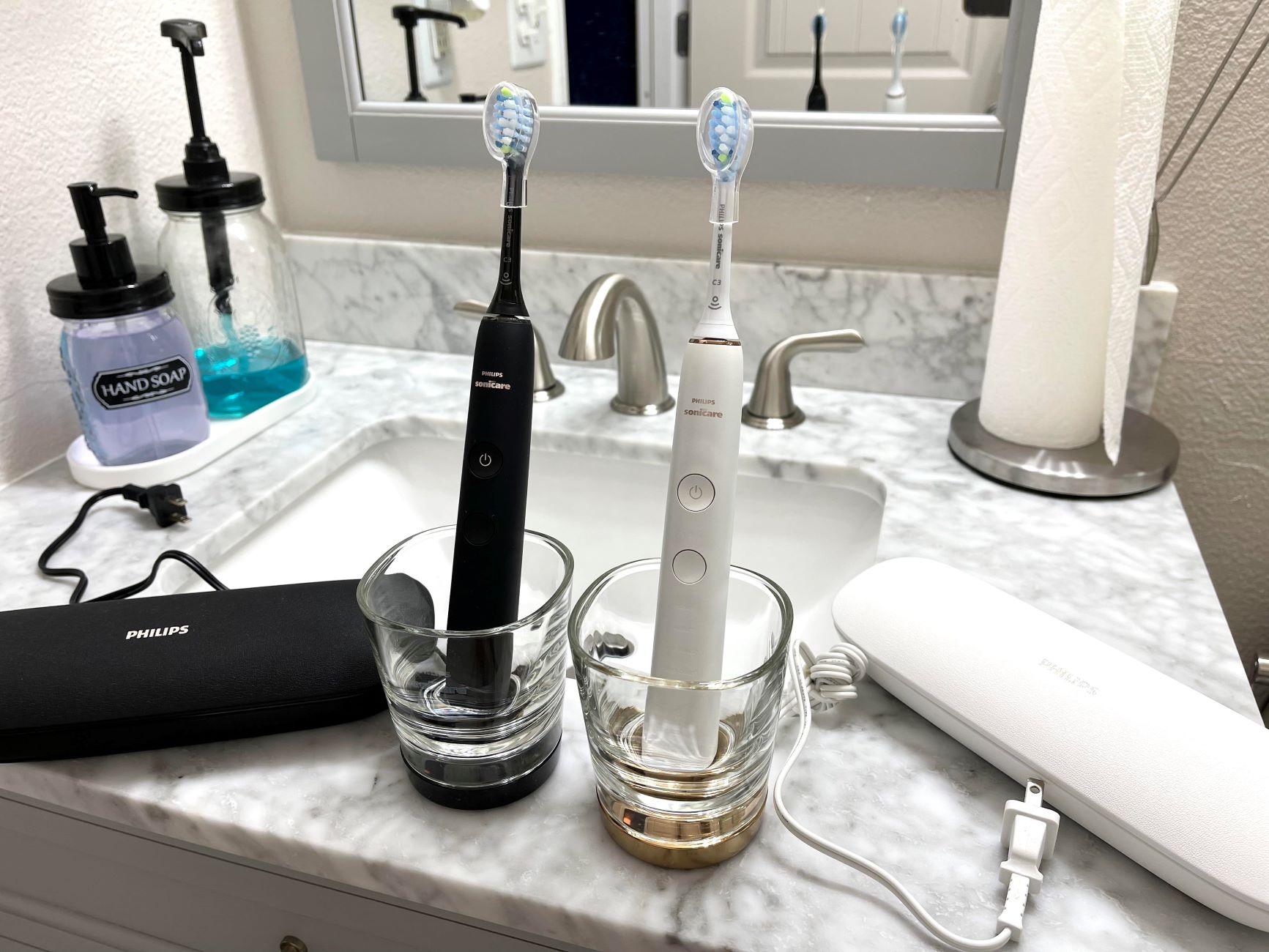

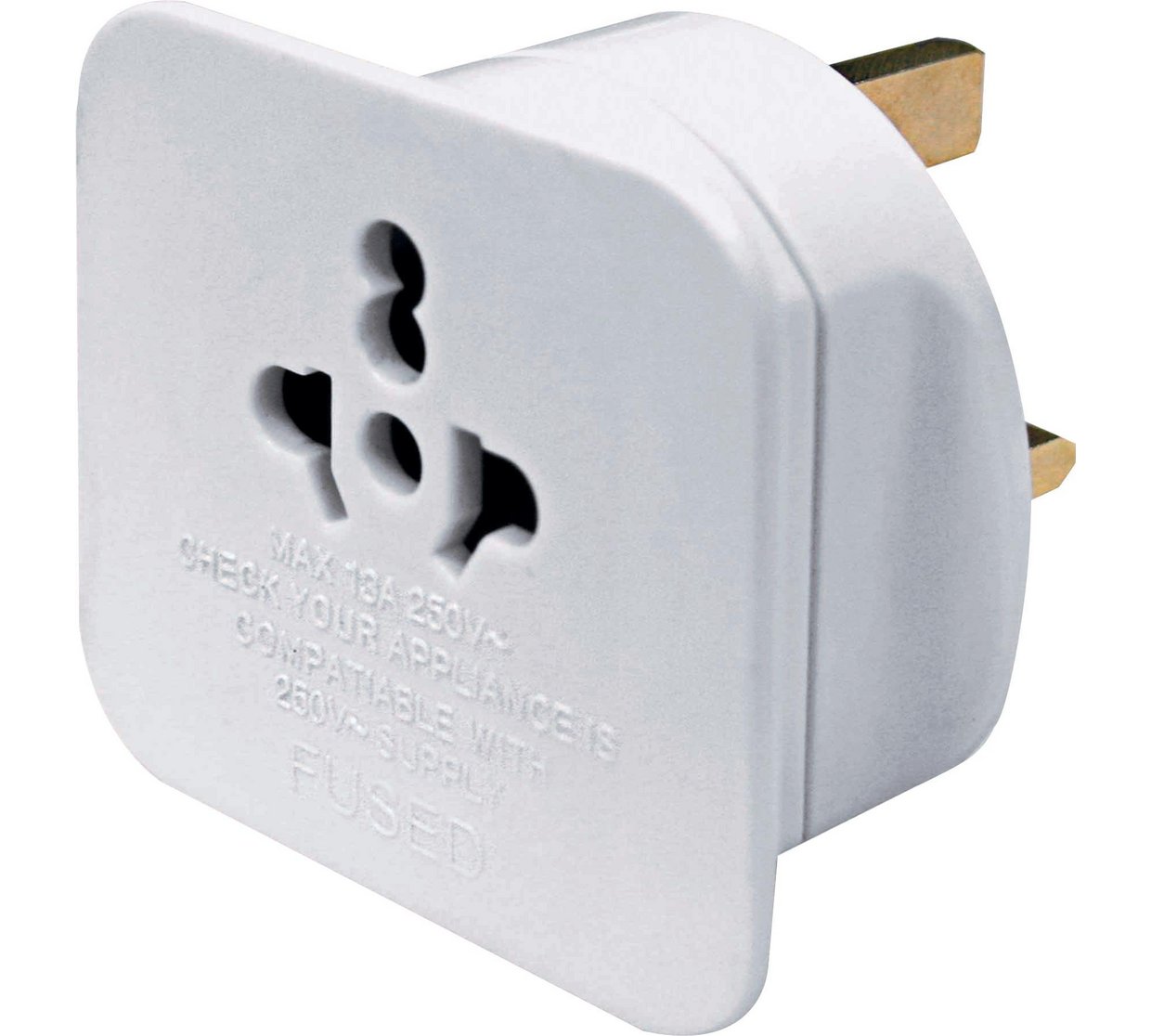
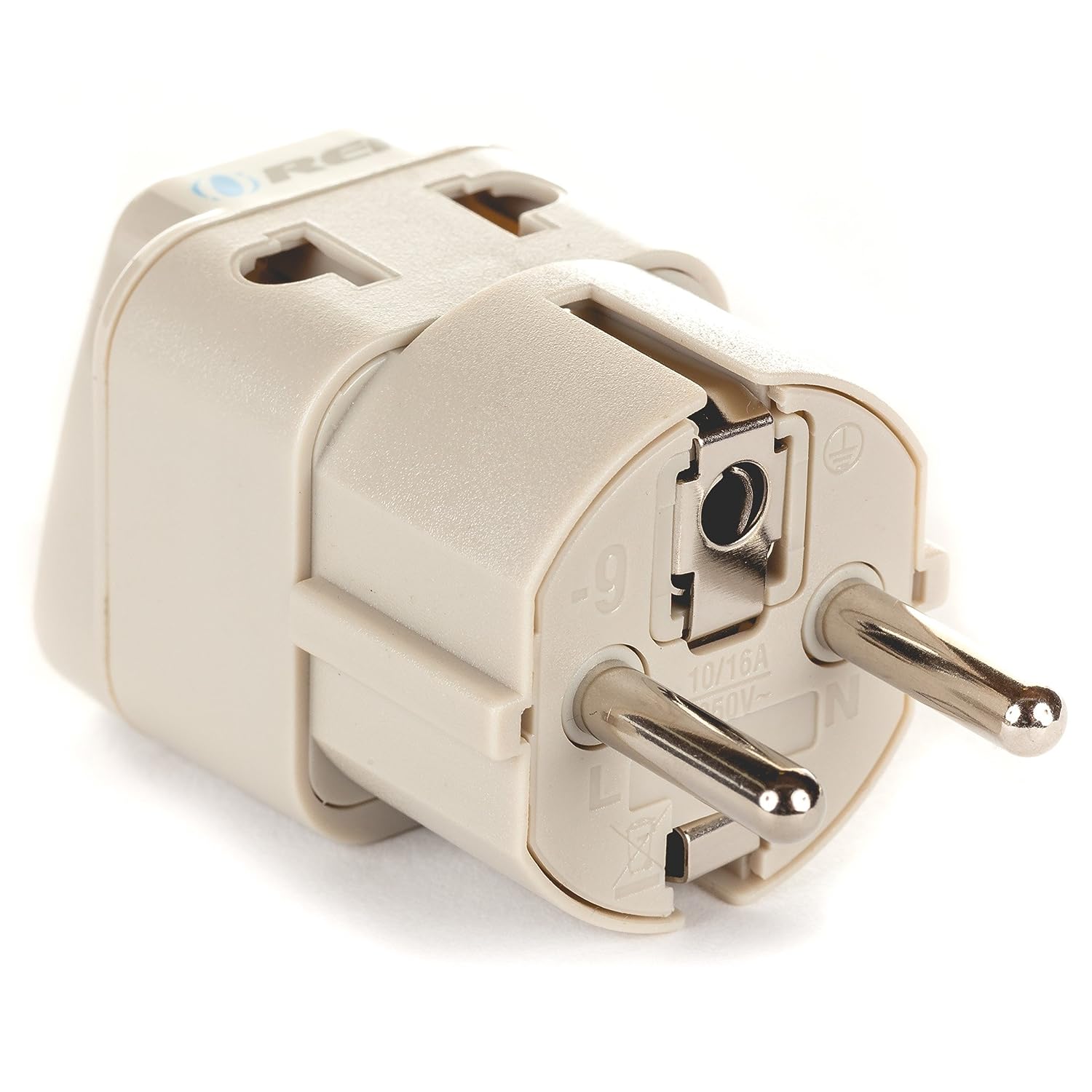
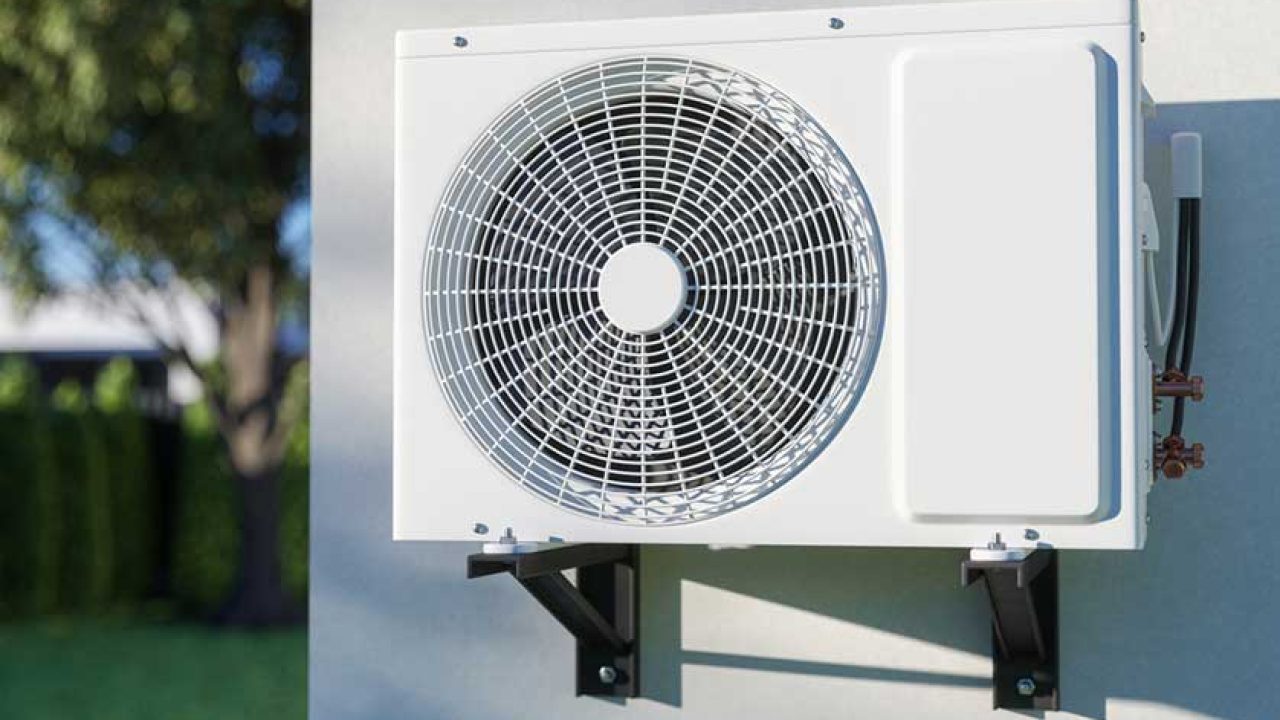
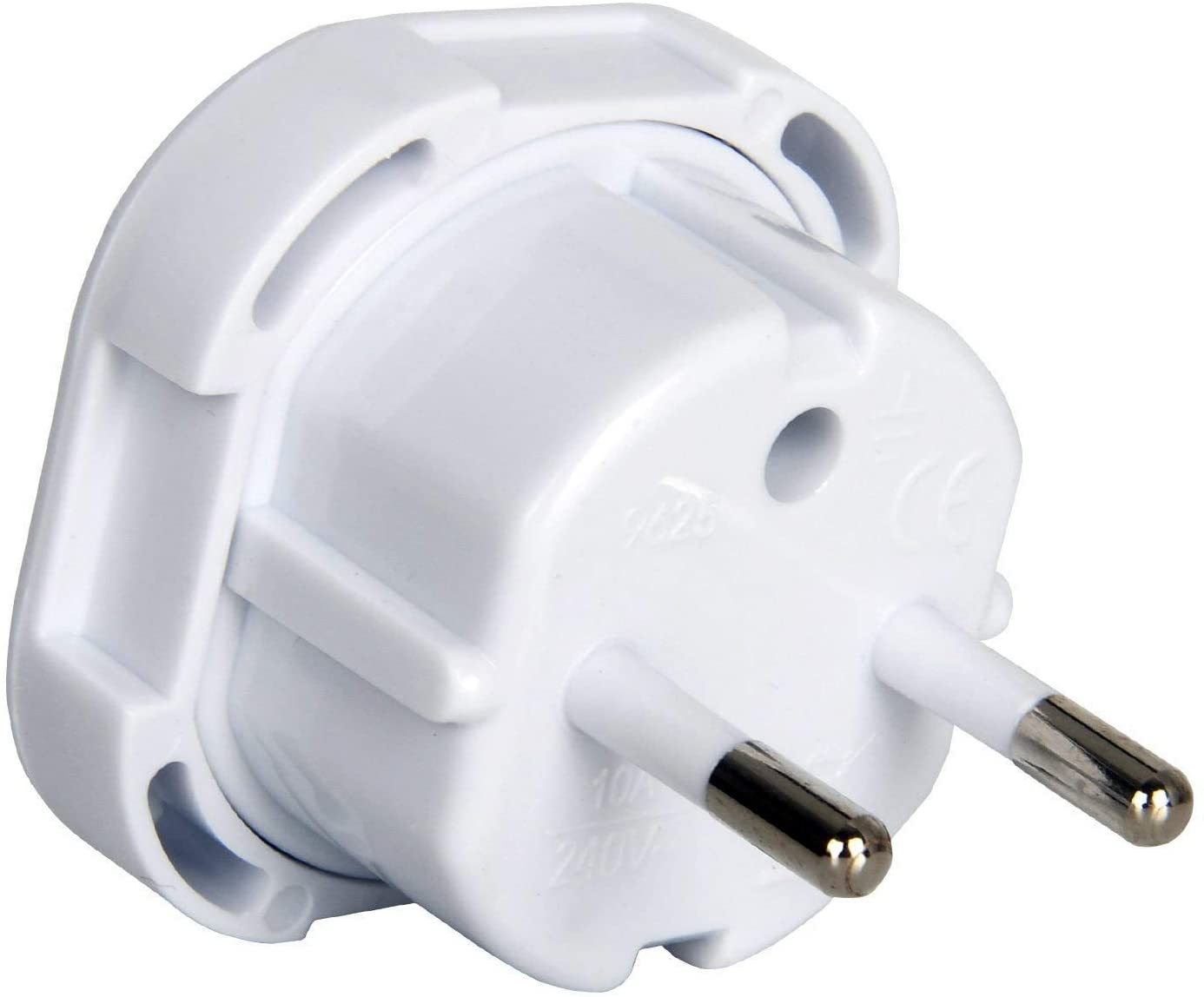
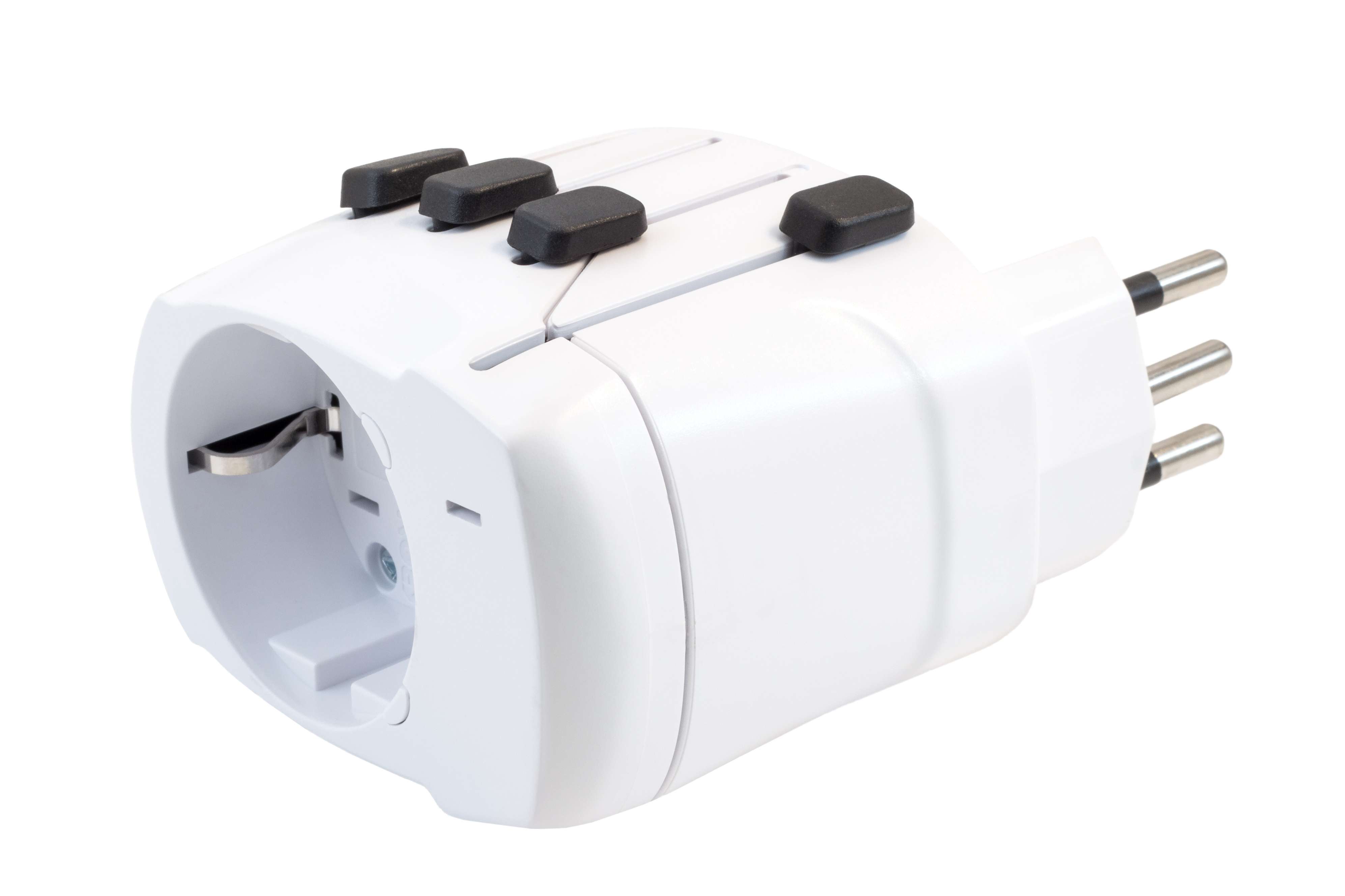

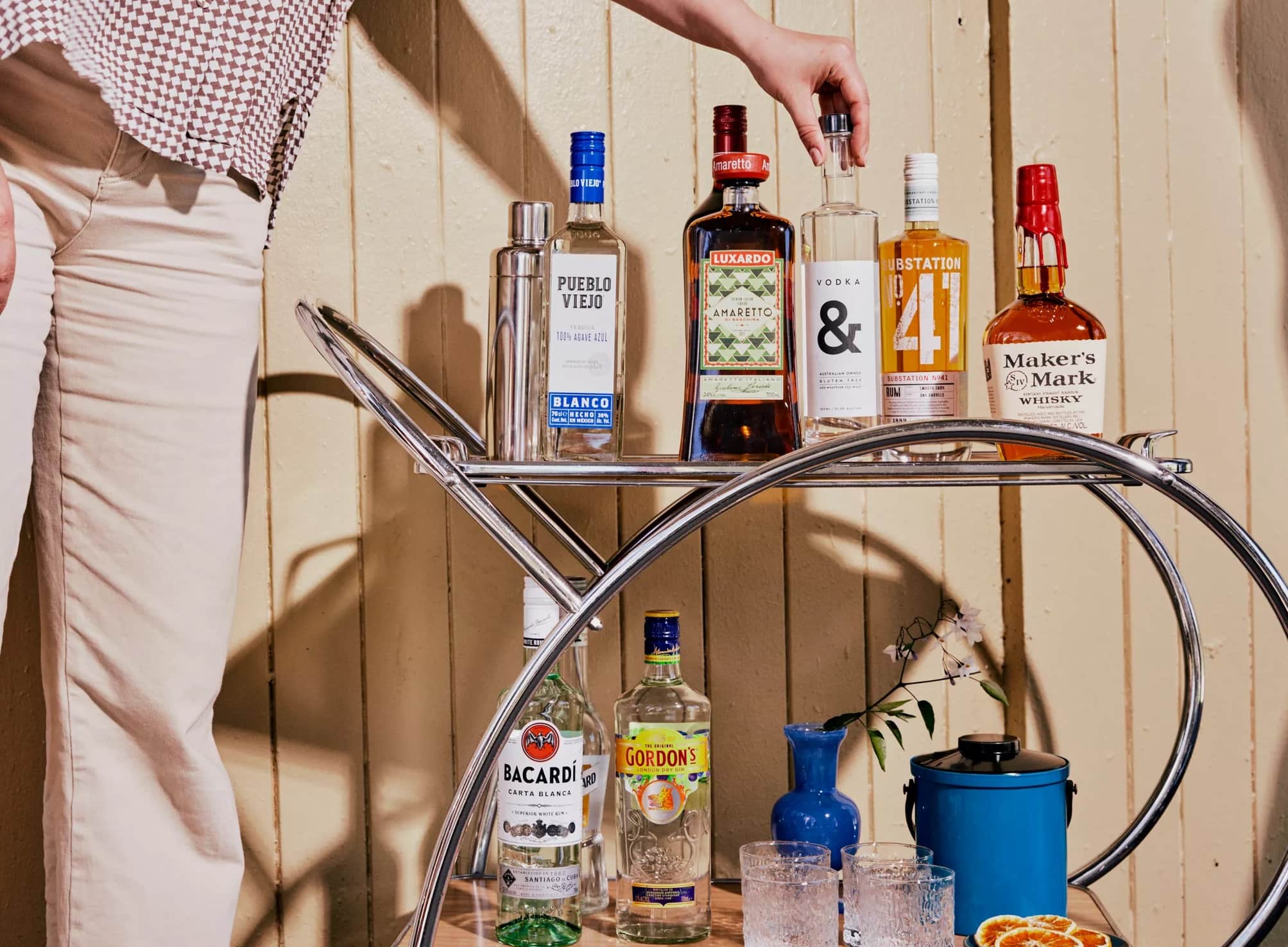

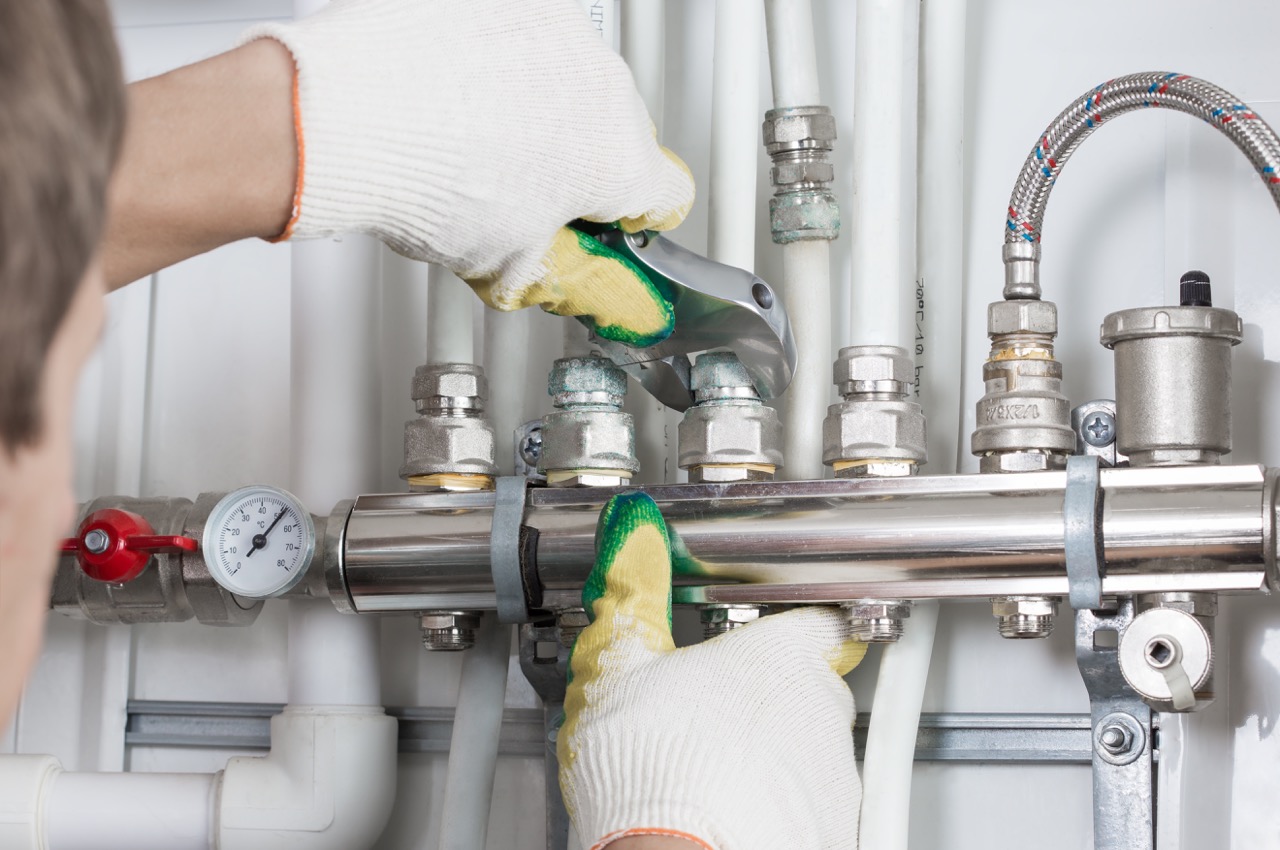

0 thoughts on “What Type Of Roof Do I Have”